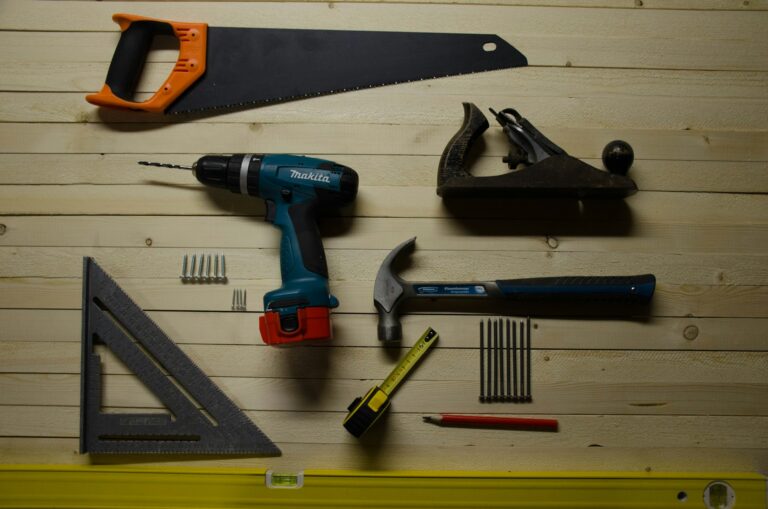
If you’ve ever played a note and heard an annoying, metallic “buzz” instead of a clean tone, you’ve experienced fret buzz. It’s one of the most common issues guitar players run into—but luckily, it’s also one of the most fixable.
So, what exactly causes fret buzz? In short, it happens when a string vibrates against a fret that it shouldn’t be touching. That can result from several factors, and identifying the cause is the first step to getting rid of it.

The most common culprit is low action—when the strings are set too close to the fretboard. While low action can make your guitar easier to play, it also increases the risk of buzzing, especially if you play with a heavier touch. Raising the action slightly using your bridge or saddle can often resolve the issue.
Another common cause is uneven frets. Over time, frets can wear down or shift, leading to small height differences that catch the string when you play. A fret rocker tool or straightedge can help identify problem frets, and in many cases, a light fret level and crown (often done with a specialized file) can fix it.
Neck relief is another key factor. If your neck is too straight—or even bowed backward—it can cause buzz, especially in the middle frets. A small truss rod adjustment can restore proper relief, but be careful: if you’re not sure what you’re doing, consult a pro or follow a trusted guide.

String gauge, nut height, humidity, and playing technique can also contribute, but setup is usually the first place to start.
If you’re ready to tackle fret buzz on your own, having the right tools is essential. Companies like StewMac offer everything from fret files to setup guides that make the job easier and more accurate—even for beginners.
Don’t let fret buzz ruin your sound. With the right knowledge and a little patience, you can bring your guitar back to life—buzz-free.




